8 Nepali Festivals Every Traveler Should Experience
Festivals are a great way for travelers to experience the local culture first-hand. With a rich tapestry of Buddhist and Hindu heritage, Nepal seems to always be preparing for, or celebrating, a festival. Our local insider Elen shares 8 worth planning your trip around.
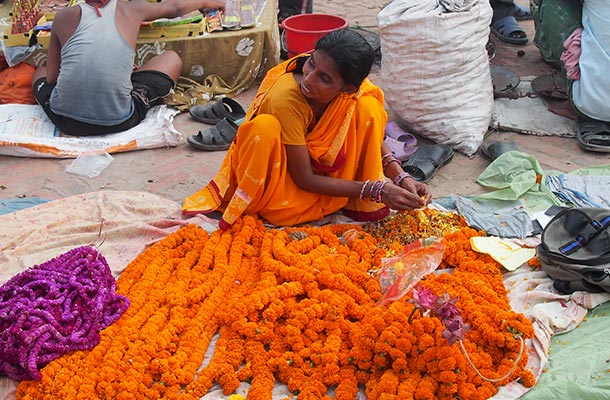 Photo © Elen Turner
Photo © Elen Turner
While there are many different Hindu and Buddhist traditions in Nepal, many people celebrate a variety of the festivals, and everyone is welcome to participate.
Hindu and Buddhist festivals follow the lunar calendar, so are usually held on a different date each year. Before you make plans, be sure to check the specific dates for the year in which you’re traveling.
- Losar Festival (February-March)
- Holi (March)
- Teej (August-September)
- Indra Jatra (September)
- Dashain (October)
- Tihar (October-November)
- Newari Festivals
Losar (February-March)
Losar is the Tibetan Buddhist new year, and is celebrated in Nepal by Tibetans, Sherpas, Gurungs, Tamangs and others.
The first three days of the 15-day festival are the most important. If you’re looking to join in the celebrations, head to important Buddhist sites in Nepal, such as Boudhanath in Kathmandu, or Lumbini on the plains.
Simple and flexible travel insurance
You can buy at home or while traveling, and claim online from anywhere in the world. With 150+ adventure activities covered and 24/7 emergency assistance.
Get a quoteHoli (March)

Holi marks the end of winter. It’s celebrated by playing games with water and colored powder.
Adults and children alike celebrate, and water fights are held in the streets.
If you’re in a city, you will get wet or covered in powder when leaving your hotel! Dress appropriately, and leave all valuables behind in a secure place.
Teej (August-September)
The three-day Teej festival is celebrated by Hindu women. They dress in their red wedding saris and gather at temples to sing and dance.
Although they start off fasting for the health of their husbands, afterwards there is feasting.
Women will likely be invited to join in the dancing. Lord Shiva is worshipped, so join in the fun at Shaivite temples, such as Pashupatinath in Kathmandu.
Indra Jatra (September)
This is the Kathmandu Valley’s largest festival, celebrating Indra, Lord of Rain.
Its locus is at the Kathmandu Durbar Square, where a pole is erected and the massive ceremonial mask of Akash Bhairab displayed.
The Kumari of Kathmandu (the young girl believed to be inhabited by the goddess Taleju) leads a procession through the streets. It’s extremely crowded, but tourists are welcome.
Dashain (October)
Dashain is the most important festival of the year, and coincides with the peak tourist season, so it does require some careful planning if you’re traveling during this time.
People return to their home towns for several days and many restaurants and businesses are closed.
In Kathmandu, local buses don’t run as normal, taxis hike their fares and long-distance buses can get dangerously crowded.
If you’re traveling during Dashain, it’s a good idea to go trekking for a few days to avoid inconvenience in the cities.
Tihar (October-November)
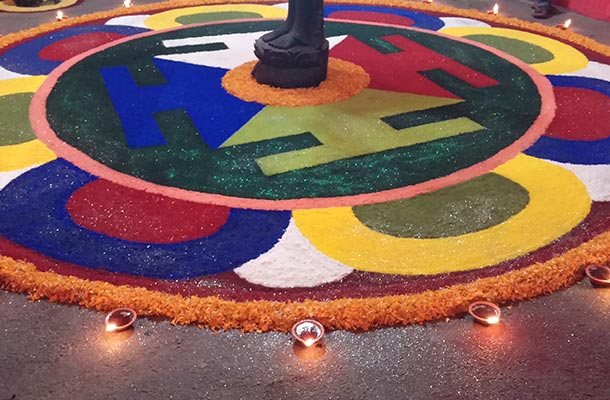
Known as Diwali in India, the festival is called Tihar in the hill regions of Nepal (and Deepawali on the plains).
On each day of Tihar, a different puja is performed—on one day dogs are worshipped, on another, brothers, and another the goddess Laxmi.
Expect to see pretty lights strung up and colorful powder decorations outside of buildings.
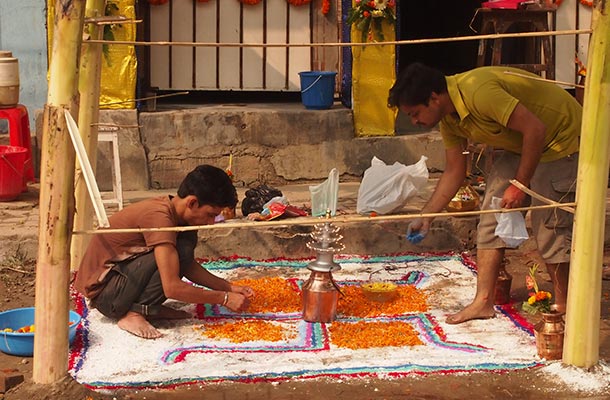
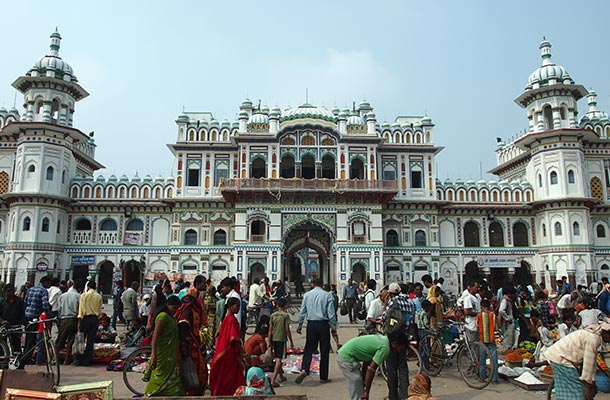
Newari Festivals
The original inhabitants of the Kathmandu Valley are the Newars, who have some of their own festivals.
Bhaktapur’s Bisket Jatra ushers in the Nepali new year, sometime in April. An enormous chariot is pulled through the streets, with a statue of the god Bhairava inside.
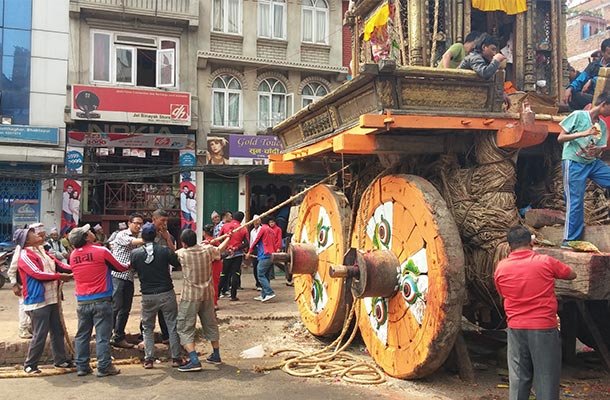
In May, the Rato Macchindranath festival in Patan welcomes the monsoon. It’s also celebrated with a chariot, housing the god Macchindranath.
These events can get very crowded, but visitors are welcome.
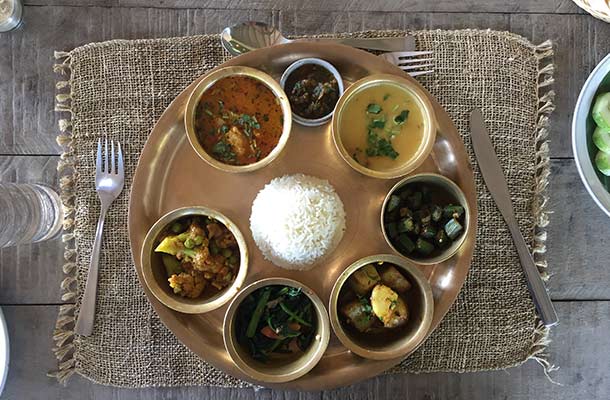

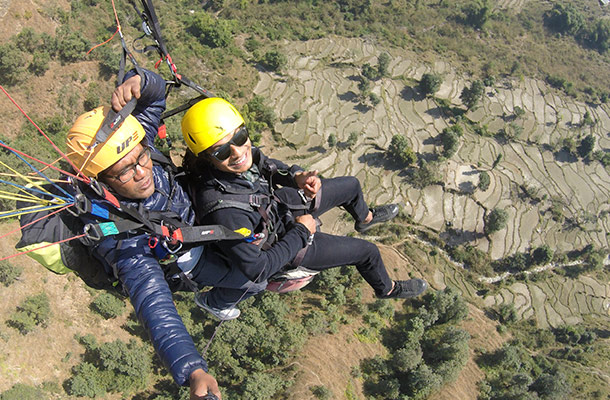
No Comments